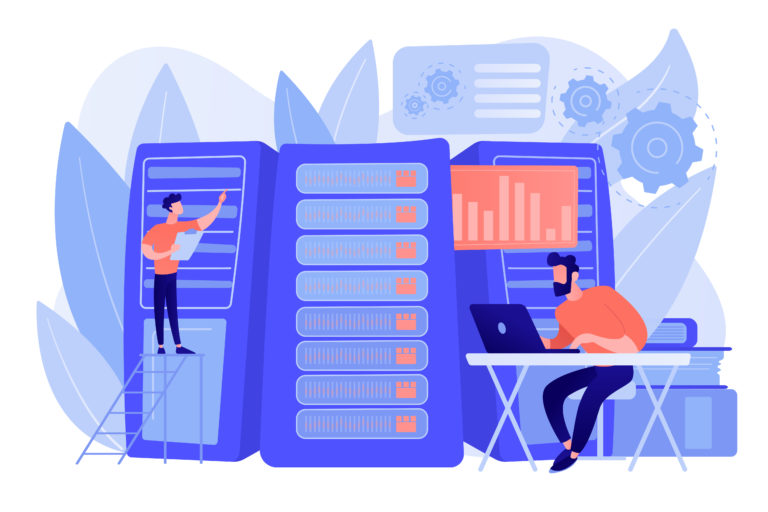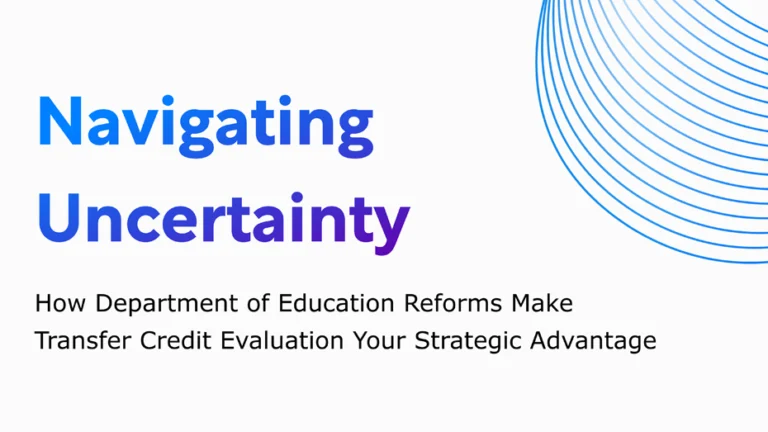As more and more organizations have turned to cloud computing, iPaaS has become an essential, cost-effective, and efficient way to bridge the gap between SaaS and cloud-based data.
The first iPaaS was launched by Boomi just 13 years ago. Since then, iPaaS technologies have proliferated. According to Gartner, iPaaS is one of the fastest-growing enterprise software market segments. The global iPaaS market is projected to reach $2.7 billion by 2024.
iPaaS is also a key component of Gartner’s Digital Ops Toolbox for achieving hyper-automation and offers organizations enormous benefits in the drive towards digital transformation.
What is an iPaaS?
Gartner defines an Integration Platform as a Service (iPaaS) as “a suite of cloud services enabling development, execution and governance of integration flows connecting any combination of on premises and cloud-based processes, services, applications and data within individual or across multiple organizations.”
Some common use cases for iPaaS include:
- API Generation. An iPaaS allows those with no coding experience to create APIs using a visual interface.
- B2B Data Integration. With an iPaaS, an organization can establish data connections between internal and external applications.
- Cloud-Hybrid Integration. One of the benefits of an iPaaS is that it can also run on-premises and is not limited to a cloud environment.
- Microservices Integration. Organizations benefit from pre-built connectors that support a microservices architecture.
- IoT. An iPaaS helps organizations to integrate and scale IoT.
What is driving the exploding growth of iPaaS? Here are 6 reasons why organizations are rapidly adopting the technology:
1. Eliminating Data Silos
Disparate systems and applications lead to inefficiencies and data silos. Employees often spend a significant portion of their workdays manually inputting data into different apps, a process often referred to as swivel chair. In addition to stifling productivity, manual data entry processes can result in costly errors and compliance issues.
An iPaaS makes it easy to integrate and share data between your apps. When information is added or changed in one app it is instantly reflected in other apps.
2. Enabling End-to-End Process Automation
An iPaaS enables end-to-end process automation by simplifying the integration process using low-code technology and features, facilitating the seamless exchange of data between applications, and reducing IT complexity. With these low-code tools, citizen-developers can relieve overburdened IT teams to drive organizations’ process automation initiatives.
3. Improve Decision-Making
Manual data entry processes inhibit effective decision-making. Stakeholders lack access to real-time data and often have to rely on inaccurate information. An iPaaS closes the gap between data entry and decision-making. Data is automatically entered and updated in each application. Since an iPaaS is cloud-based, stakeholders can access real-time data from multiple devices from any location.
In addition to making more informed decisions, stakeholders do not need to spend time tracking down and reviewing disparate data sources. With more time to spare, both management and employees can focus on performing tasks that matter.
4. Improve the Customer Experience
According to one study, approximately 80% of customers expect consistency when interacting across multiple departments. Yet a lack of integration and access to data produces a fragmented customer experience. With an iPaaS, organizations can sync data to customer support systems and increase visibility across the organization.
For example, suppose a customer initiates a chat on your website. None of the general answers that the AI-powered bot provides adequately address the customer’s issue. The bot connects the customer to your customer service team. But your team does not have access to the customer’s data. The customer has to provide all this information again, wasting time and quickly growing frustrated. With an iPaaS, your employees have a readily available up-to-date view of the customer’s data in every app.
5. Improved Security and Compliance
Leading iPaaS technologies offer secure and compliant cloud-based security frameworks. Organizations can spend less time worrying about and maintaining the security of on-premise solutions while reducing the risks and costs of a potential security incident. Moreover, an iPaaS gives organizations a complete picture of all the data that they hold which increases accountability and transparency.
6. Reduce Costs
Integrating data and systems has traditionally required hand coding by expensive developers as well as large investments of capital into acquiring supporting IT infrastructure. An iPaaS, however, is offered on a subscription basis and eliminates the need to recruit developers to create APIs and integrations. Organizations also save on maintenance of on-premise solutions and storage of data. Employees also have more time to focus on performing the high-value tasks that they were hired to do.
An iPaaS solution can be a game changer when it comes to integrating apps and streamlining the exchange and availability of data throughout an organization. To take automation a step further an iPaaS can be used together with low-code business process management software (BPM) to enable the orchestration of systems and people.





